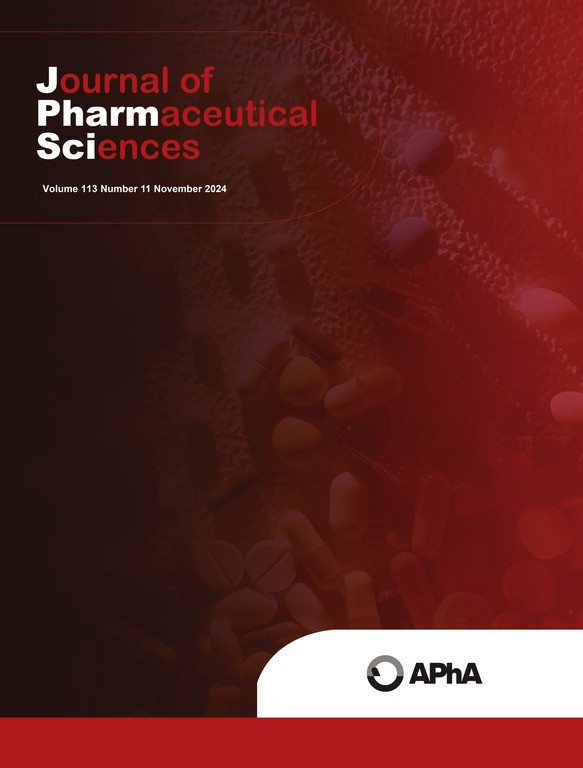Using response surface methodology to quantify iron oxide levels needed to protect photolabile active pharmaceutical ingredients in oral solid dosage forms
IF 3.7
3区 医学
Q2 CHEMISTRY, MEDICINAL
引用次数: 0
Abstract
Titanium dioxide (TiO2) is a commonly used excipient in pharmaceutical products. It functions as a pigment and opacifier in film coatings, providing photoprotection and enabling consistent product appearance for oral solid dosage forms. TiO2 was banned in foods by the European Commission in 2022 and the decision on a ban in medicines will be revisited in early 2025. There is an urgent need to identify TiO2 alternatives. Currently, no single excipient has been found to directly replace TiO2 in existing film-coating systems. Iron oxide pigmentation offers a potential solution for addressing the role TiO2 plays in photoprotection. Using a mixture model design of experiments (DOE), three iron oxides – red, yellow, and black – were assessed on their efficacy in photoprotection. A model photolabile active pharmaceutical ingredient (API) was prepared into tablets and coated with varied iron oxide concentrations in a PVA-based titanium dioxide-free (TF) film-coating. Red and yellow iron oxide were found to significantly reduce total photodegradation products. By including 1–1.5 % red or yellow iron oxide in this TF film-coating, 75–85 % photoprotection was achieved, while 2 % or greater red iron oxide had nearly complete photoprotection. A second photolabile API was tested to confirm the results of the DOE.
利用响应面法定量氧化铁水平以保护口服固体剂型中光致活性药物成分。
二氧化钛(TiO2)是医药产品中常用的赋形剂。它在薄膜涂料中作为颜料和不透明剂,为口服固体剂型提供光保护并使产品外观一致。2022年,欧盟委员会禁止在食品中使用二氧化钛,并将在2025年初重新审议是否在药品中禁用二氧化钛的决定。迫切需要确定TiO2的替代品。目前,在现有的薄膜涂层体系中,还没有发现单一的赋形剂可以直接取代TiO2。氧化铁色素沉积为解决TiO2在光保护中的作用提供了一个潜在的解决方案。采用混合模型实验设计(DOE),对三种氧化铁——红色、黄色和黑色——的光防护效果进行了评估。将一种模型光致活性药物成分(API)制成片剂,并在pva基无二氧化钛(TF)薄膜涂层中涂覆不同浓度的氧化铁。发现红色和黄色氧化铁显著减少总光降解产物。通过在TF薄膜涂层中加入1-1.5%的红色或黄色氧化铁,达到75-85%的光保护效果,而2%或更高的红色氧化铁具有几乎完全的光保护效果。第二种可光性API进行了测试,以确认DOE的结果。
本文章由计算机程序翻译,如有差异,请以英文原文为准。
求助全文
约1分钟内获得全文
求助全文
来源期刊
CiteScore
7.30
自引率
13.20%
发文量
367
审稿时长
33 days
期刊介绍:
The Journal of Pharmaceutical Sciences will publish original research papers, original research notes, invited topical reviews (including Minireviews), and editorial commentary and news. The area of focus shall be concepts in basic pharmaceutical science and such topics as chemical processing of pharmaceuticals, including crystallization, lyophilization, chemical stability of drugs, pharmacokinetics, biopharmaceutics, pharmacodynamics, pro-drug developments, metabolic disposition of bioactive agents, dosage form design, protein-peptide chemistry and biotechnology specifically as these relate to pharmaceutical technology, and targeted drug delivery.

 求助内容:
求助内容: 应助结果提醒方式:
应助结果提醒方式:


